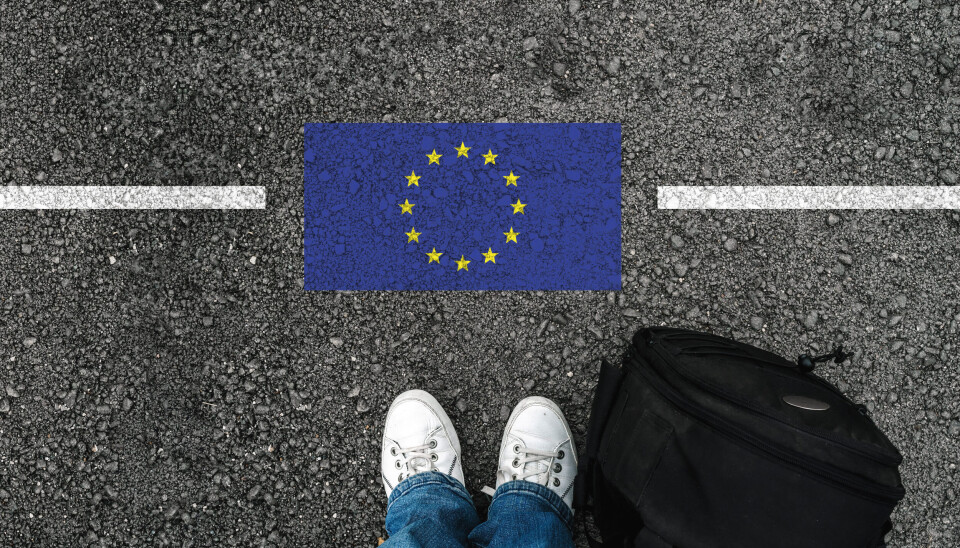Entry/Exit System: What happens when travelling to EU with a French spouse?
The rules are different for the family members of EU citizens
The new system will track entry and exit into the external borders of the EU
GagoDesign / Shutterstock
EES rules are clear in the case of a non-EU citizen visiting the Schengen area with their EU spouse/civil partner to go to a country that is not that of the spouse’s nationality, such as if a Briton and their French partner visit Spain from the UK.
In this case, the non-EU spouse will be registered into EES as a ‘family member’, with a reduced data retention period and no activation of an automatic 90/180 days calculator.
This is because the EU spouse is travelling under ‘EU free movement’ rules, which do not apply in their home country, and their spouse also benefits.
However, the position is less clear where the couple are visiting the country of which the EU spouse is a national. Readers have asked what, for example, will happen if such a couple enter France from outside the Schengen area, spend time there, then go travelling in the EU.
In this situation the non-EU spouse will be entered in EES as a ‘regular traveller’, and the automated calculator will be applied to their database file, starting the clock on 90/180 days in the Schengen area.
In practice, this means that if the couple spend more than 90/180 days in total in the area, the non-EU spouse will be flagged up as an ‘overstayer’ at the border on leaving, despite the fact EU directive 2004/38/EC exempts them from the 90/180 days limit when travelling with a spouse who is exercising EU free-movement rights.
In this case, they will have to explain their relationship and recent travel together at the border, with evidence such as travel tickets and marriage certificate.
The non-EU spouse will then be removed from the ‘overstayer’ list and the calculator will only be applied to their stay in France.






























